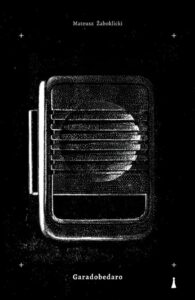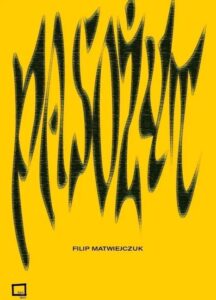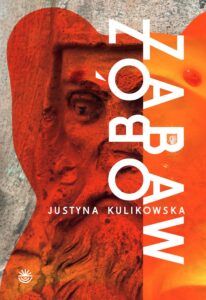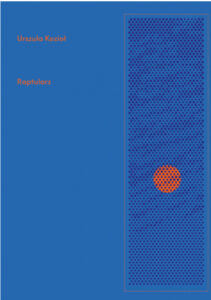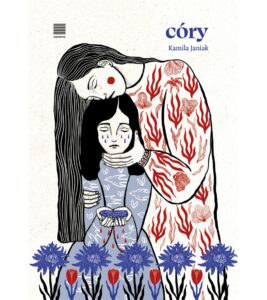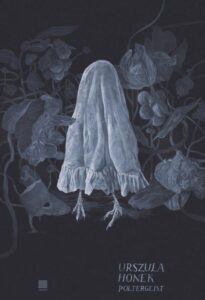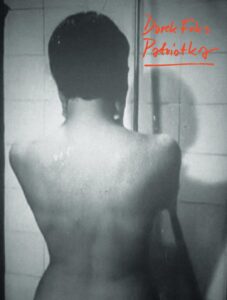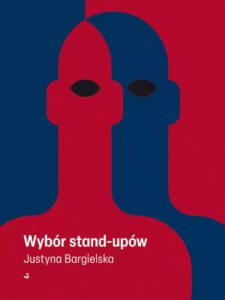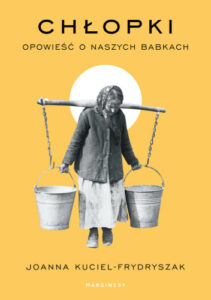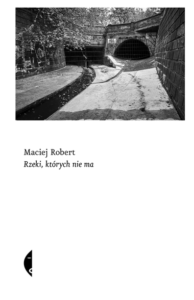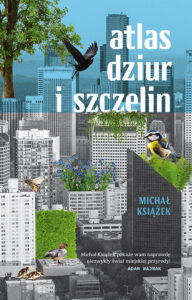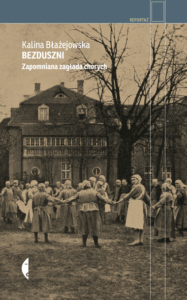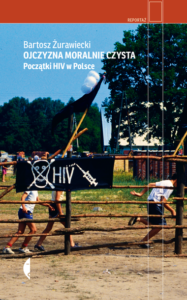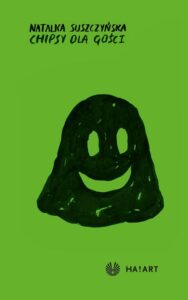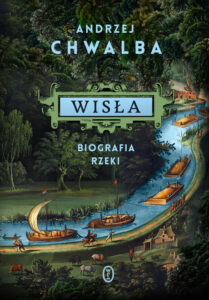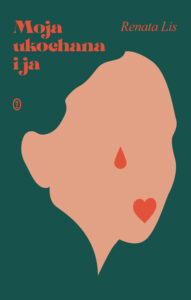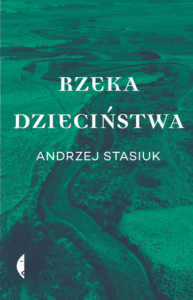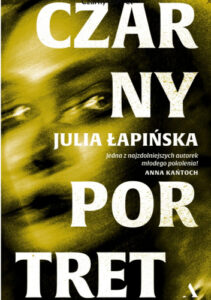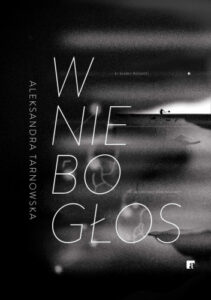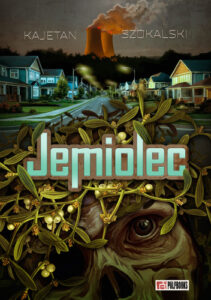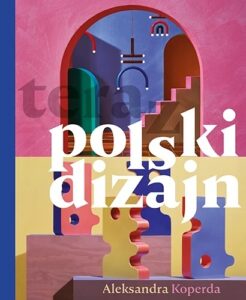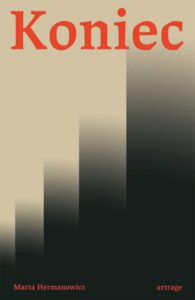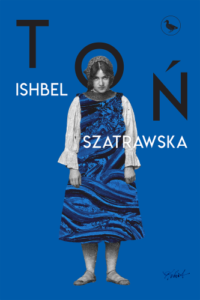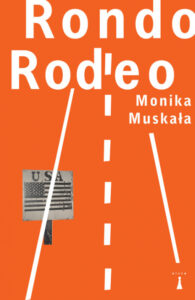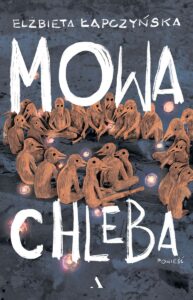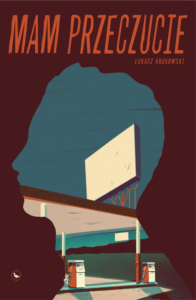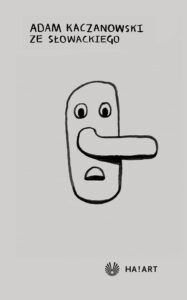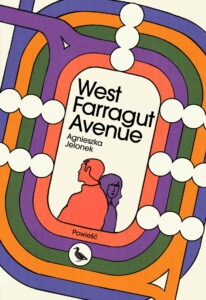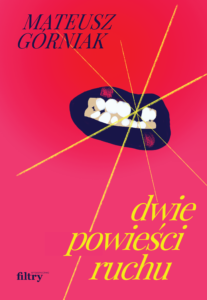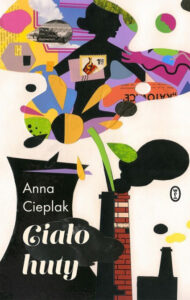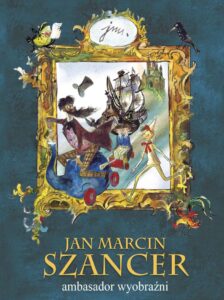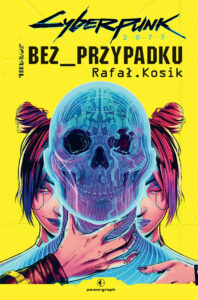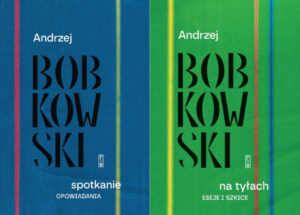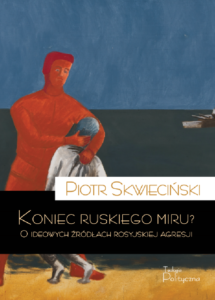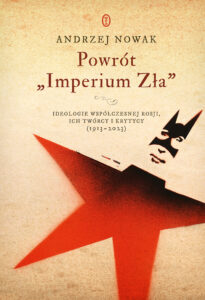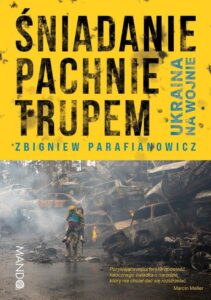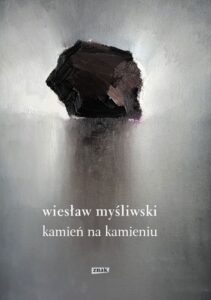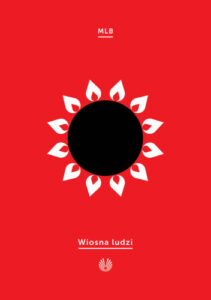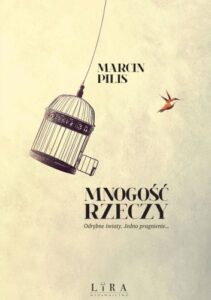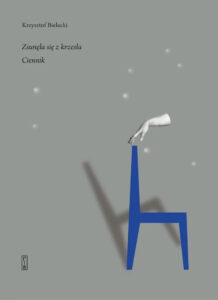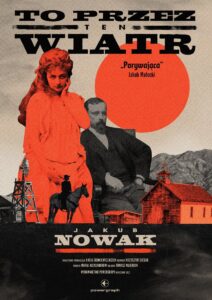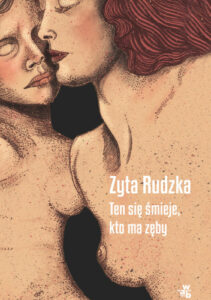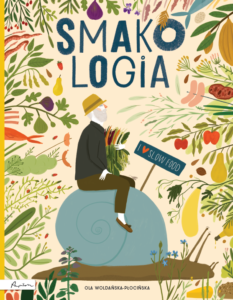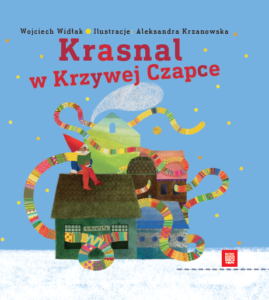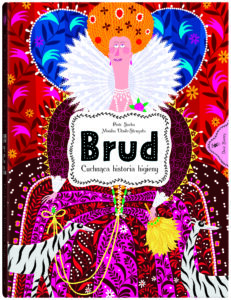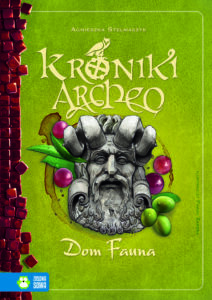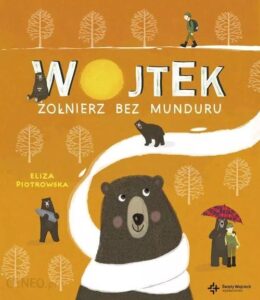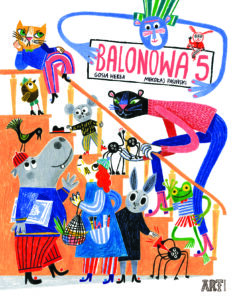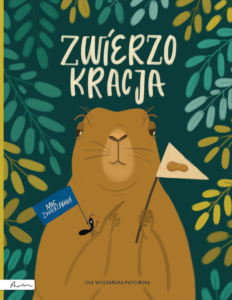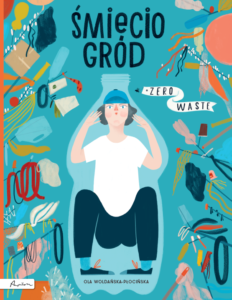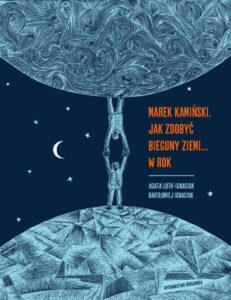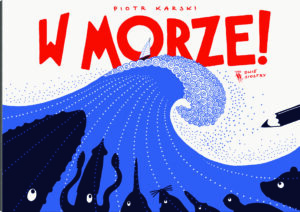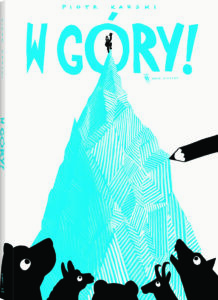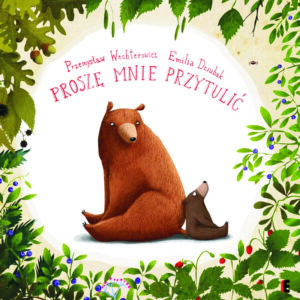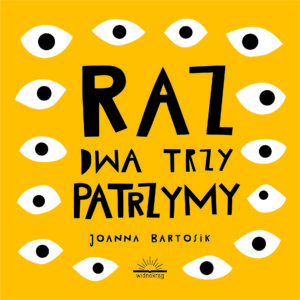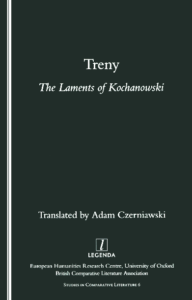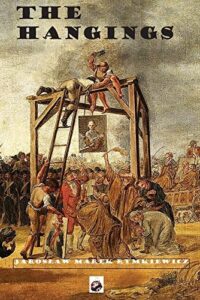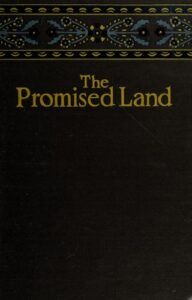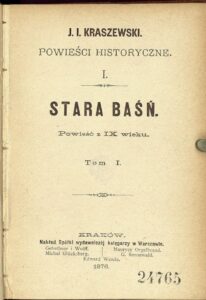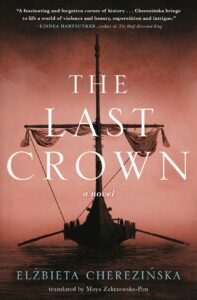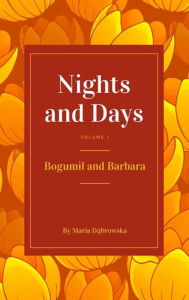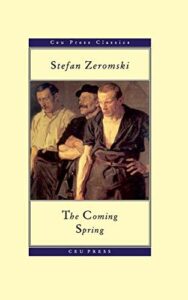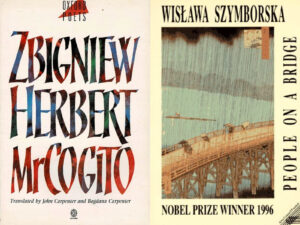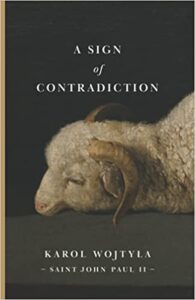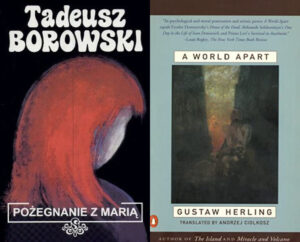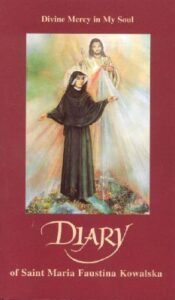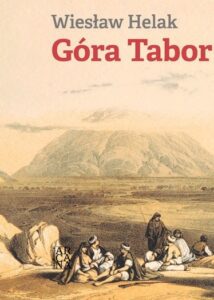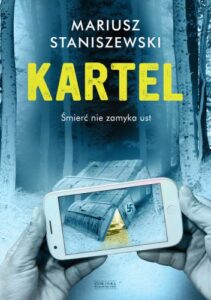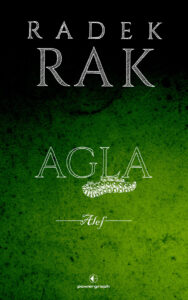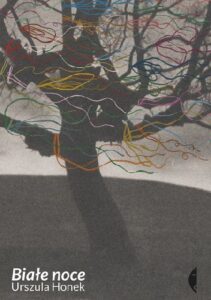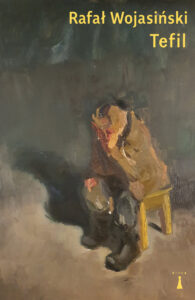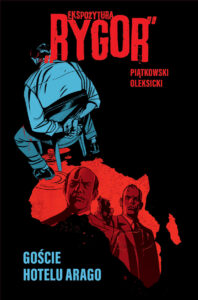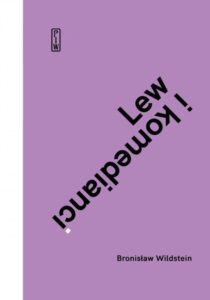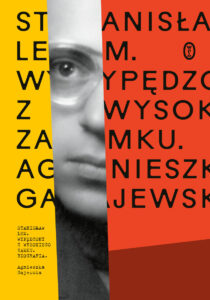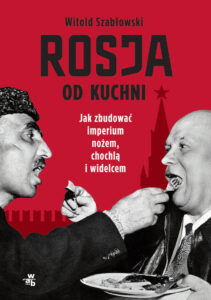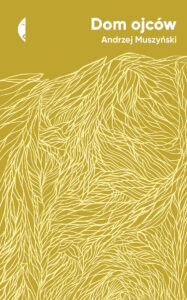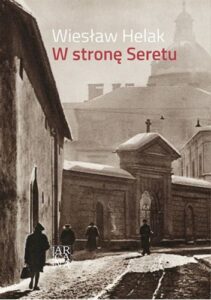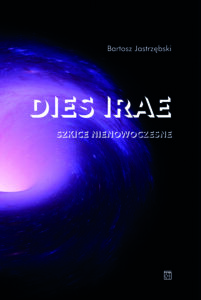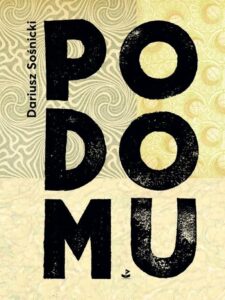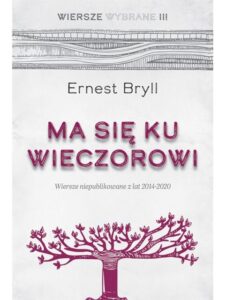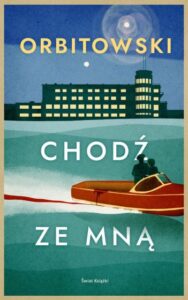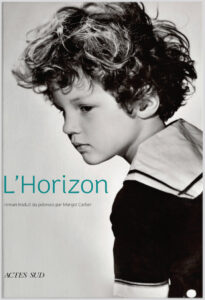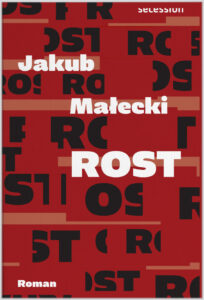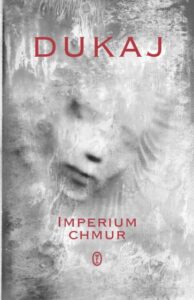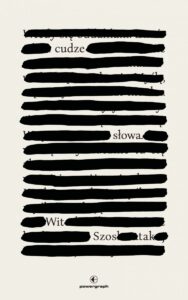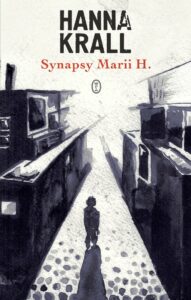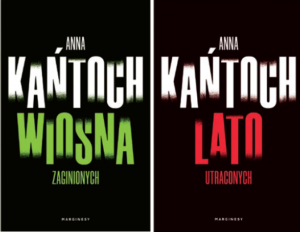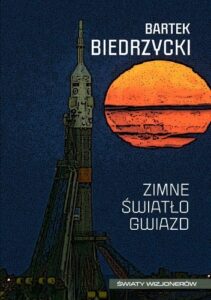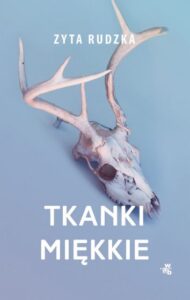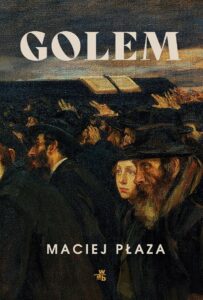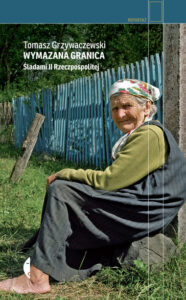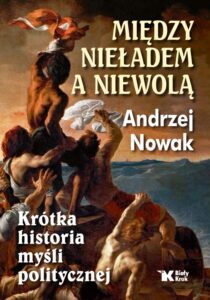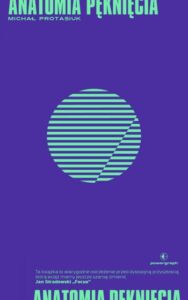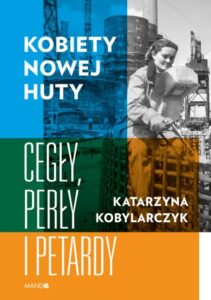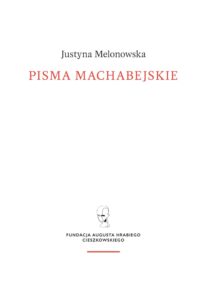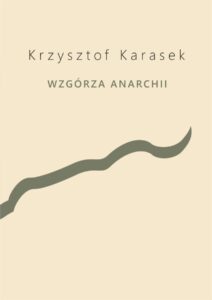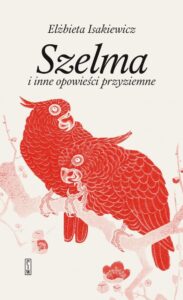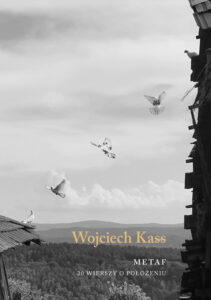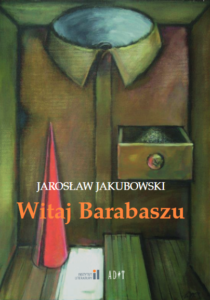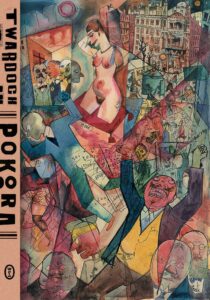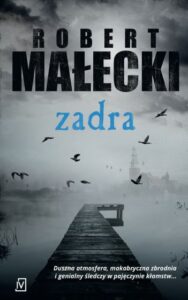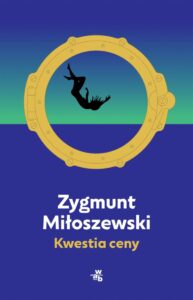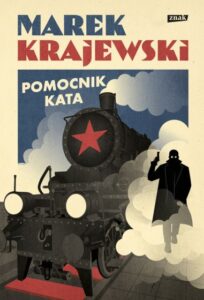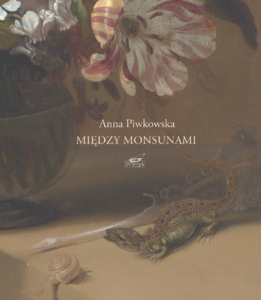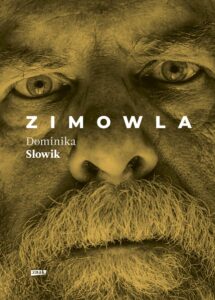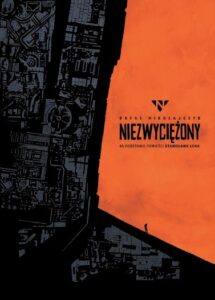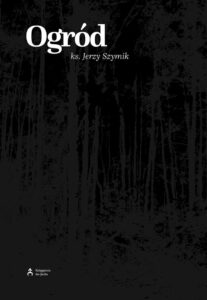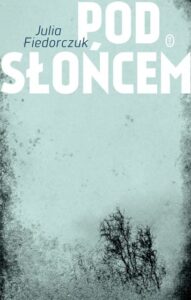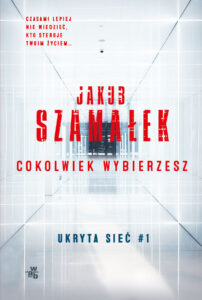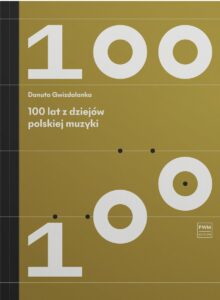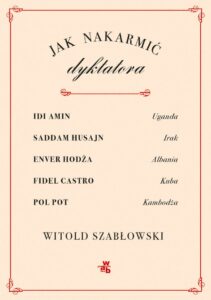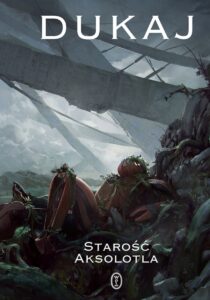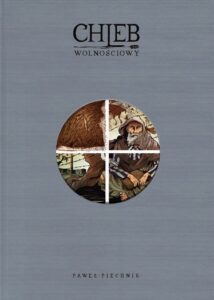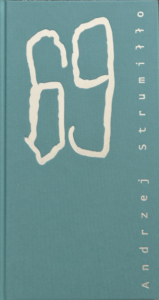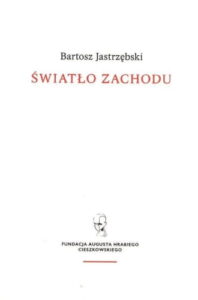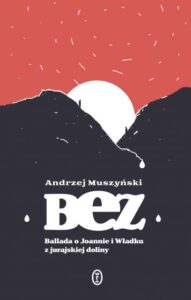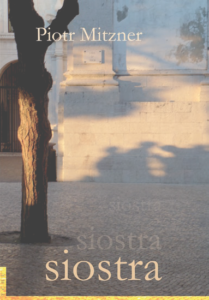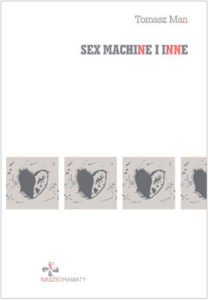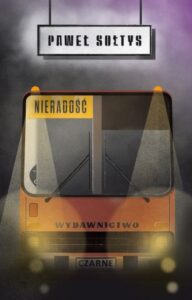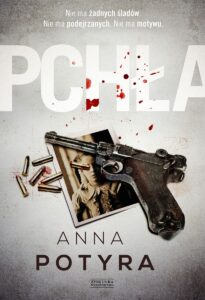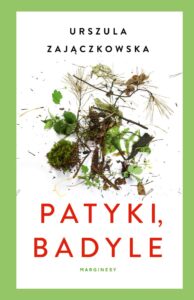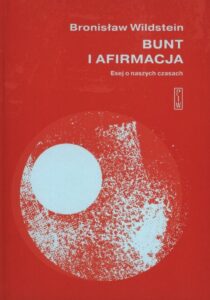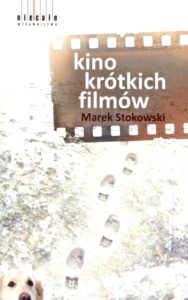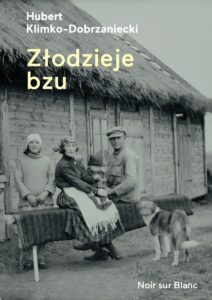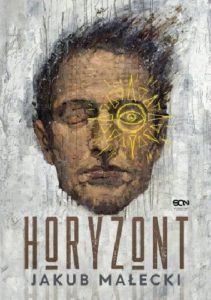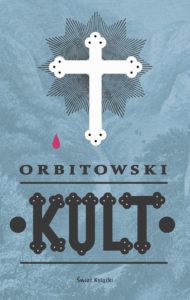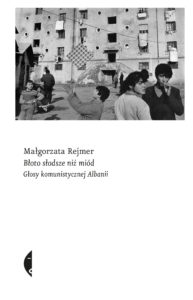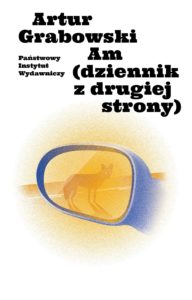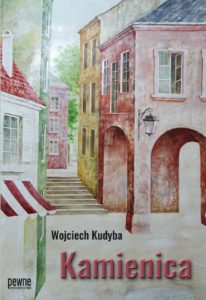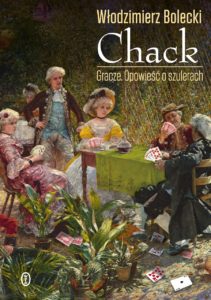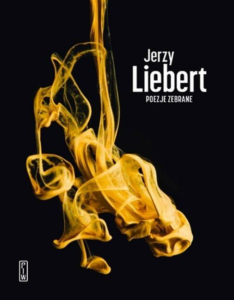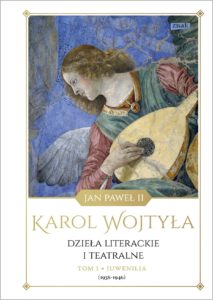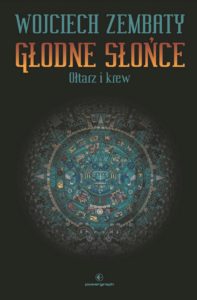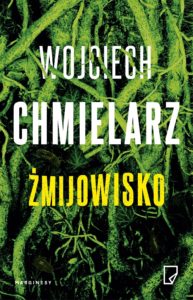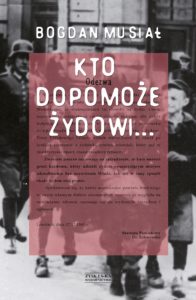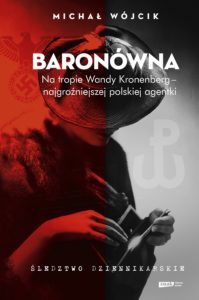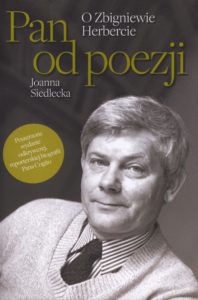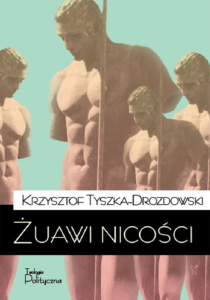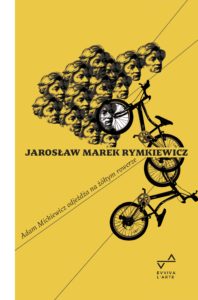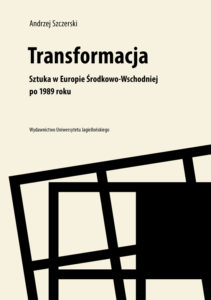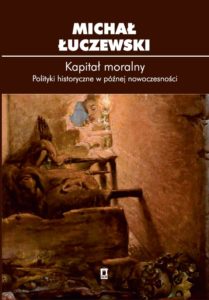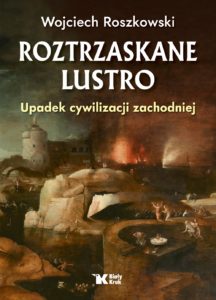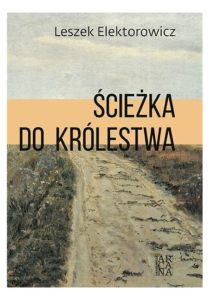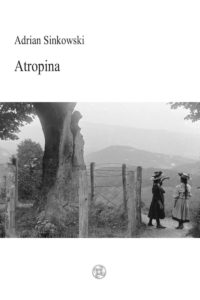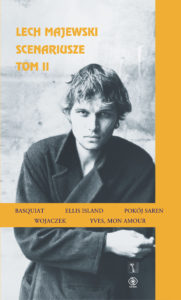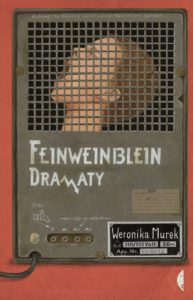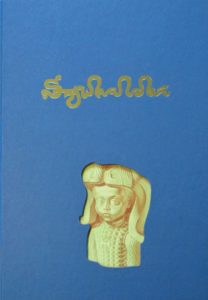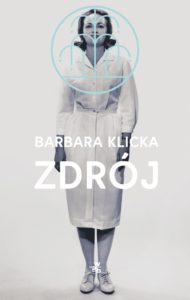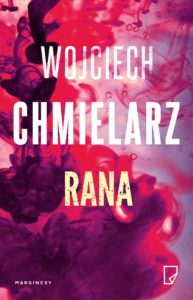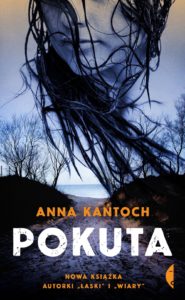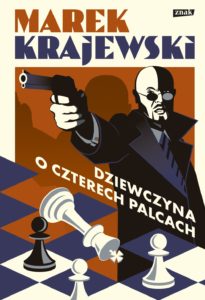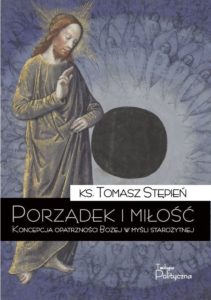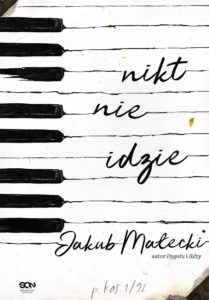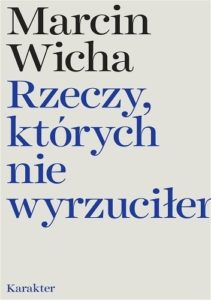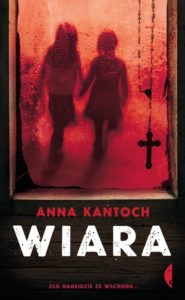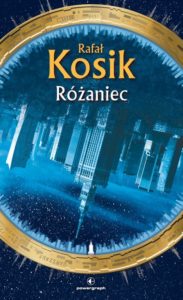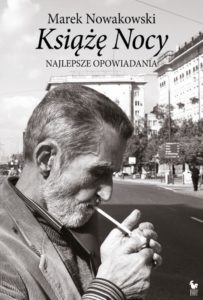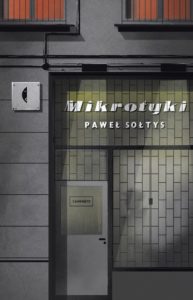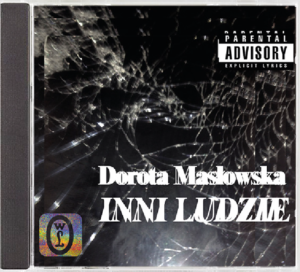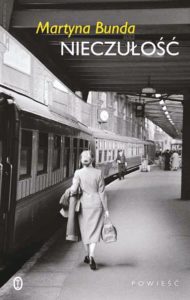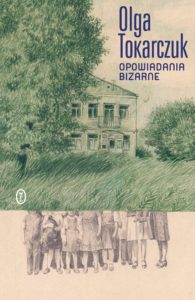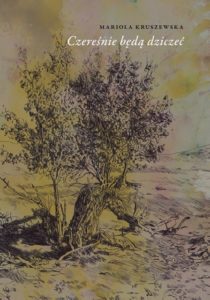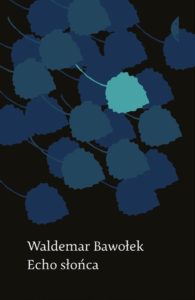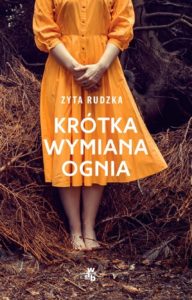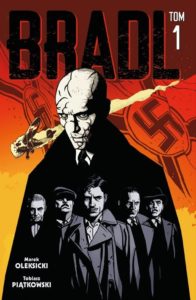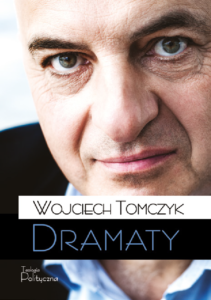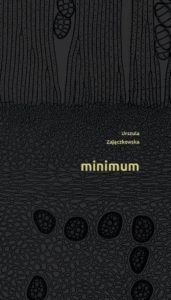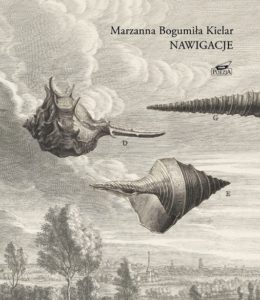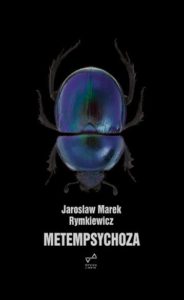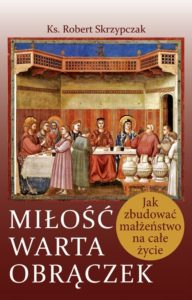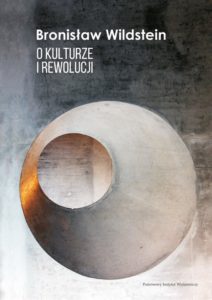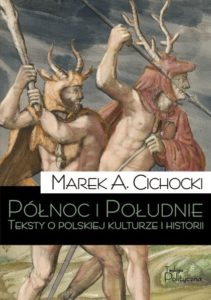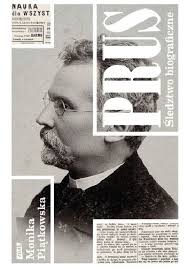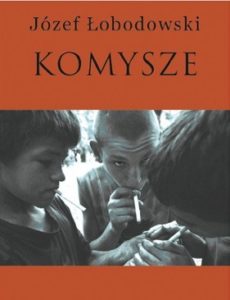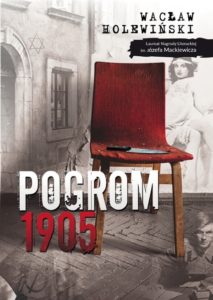The life and imaginative world of an artist who inspired generations of Polish illustrators
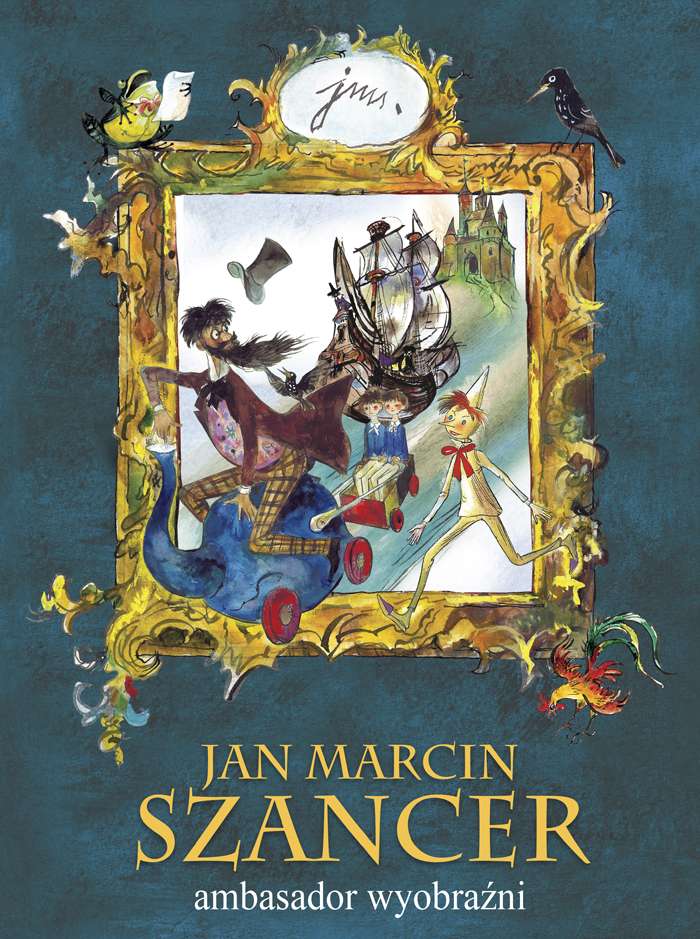
The life and imaginative world of an artist who inspired generations of Polish illustrators

(For excerpt in Spanish, please, scroll down)
Jan Szancer believed that young readers not only desire humour in the books written for them, but also a certain degree of sentiment or pathos – and even romantic yearning. “And this is why our enchanting, fairy-tale-like literature will have its own unique atmosphere, different from all other children’s books written in Europe,” he wrote. He was certain that Warsaw was the only place in the world where a book such as Mrs Fabulicka’s Manuscript could be written, since it was a fairy tale about Poland. Even the Swedish kobolds in this story sail to Poland with King Sigismund III, sharing the fate of Polish history and residing in the garden of Mrs Fabulicka, i.e. Hanna Januszewska. When Szancer illustrated Januszewska’s books, he felt a deep connection with her. And Januszewska describes in her poem “Pirlim pem” how she once visited Szancer’s studio and marvelled at how he magically transformed colourful powder into paint.
Szancer eagerly embraced Polish themes, being passionate about folk culture, fairy tales and legends, and therefore he was always keen to work with authors who used authentic folk themes – simple and noble ones. When illustrating such books, he was careful to avoid any artificial stylisation or imitation of primitivism, “the charm of which,” he pointed out, “is impossible to fabricate.” He also repeatedly illustrated fairy tales and stories by Ewa Szelburg-Zarembina, and when returning to them, he perfected the artistic form connected to both simple texts and those based on the rhythm of a folk ballad.
“In my opinion, the more deeply modernity draws on the heritage of the past, the more interesting it becomes. Even though some nasty people have called our times an epoch of rumination rather than experience and would like to begin everything from scratch, I don’t think they’ve succeeded in getting rid of our cultural heritage. Even those who smash musical instruments, melt them onto a flat surface and call it a work of art, thus demonstrating a nihilistic attitude towards all that is beautiful, declare by their herostratic acts the very existence of the past against which they are rebelling.” [JMS]
In Szancer’s opinion, it was an extremely interesting phenomenon in Poland how book illustration was not on the margins of the serious artistic realm of painting, but rather had become an inseparable part of it. It even turned out to be an excellent field for artistic expression. This is why, Szancer claimed, Polish illustration is more often characterised by free, unrestrained painting than by precise drawings and prints. After the period of pre-war illustration, which had its roots in the woodcut tradition, a new trend of painted illustration was born. “I don’t know of any country,” Szancer claimed, “where the latest aspirations, trends and artistic explorations are being expressed in books to an equal degree.” Incidentally, a humorous anecdote comes to mind. Monika Żeromska, a painter and author of six volumes of memoirs, once told Szancer about her stay in London, where a young abstract artist demonstrated his creative method to her. He filled a bathtub with turpentine, poured various paints into it, stirred them with a stick, and threw a canvas onto it, to which the paints adhered. He stretched the wet canvas over a stretcher and a work of art appeared before Monika’s eyes that looked just like the ones at modern art exhibitions. “Sure,” said someone to whom she had also described it, “but you need a bathroom for that.”
“I detested all formulas for easily surrendering to fashion and indiscriminately wallowing in quirky buzzwords. It seems to me that while science and innovation are progressing at a frenzied pace – no longer from one day to the next but from one hour to the next, changing the world around us – our feelings and the world of experiences associated with them, and thus also art, continue invariably for millennia. And it’s impossible to put an equal sign between the mathematical time and the emotional time of art.” [JMS]
During a certain period of his life, Jan Marcin Szancer also tried to persuade publishers to publish illustrated books for adults. In cooperation with the State Publishing Institute, he even attempted to create a library of classics, illustrating Aleksander Fredro’s comedies (for example, Maidens’ Vows and Revenge) and a selection of Juliusz Słowacki’s plays. Szancer illustrated Bolesław Leśmian’s wonderful ballads, the enchanting beauty of which was admired by Julian Tuwim and Jarosław Iwaszkiewicz, in both colour and black-and-white versions; the latter was published by the People’s Publishing Cooperative. He also painted panels for the Copernicus portfolio that hung in the museum in Frombork. He occasionally illustrated books written by foreign authors. When Szancer brought the complete French text of Charles Perrault’s fairy tales from Paris, they were beautifully translated and adapted by Hanna Januszewska. Szancer created colourful, fantastical illustrations for them, and the entire work was published by the Czytelnik publishing house. He also illustrated one of his favourite books, Colas Breugnon. “During countless times of sadness and uncertainty,” the artist recalled late in his life, “this book has brought me comfort. Thus, through my drawings I wished to express my gratitude to that old woodcarver from Romain Rolland’s novel, an artist who was so dear to me that I firmly believed in his existence.”
Translated by Scotia Gilroy
***
JAN MARCIN SZANCER. EL EMBAJADOR DE LA IMAGINACIÓN.
El maestro de la ilustración estaba convencido de que lo que buscaba el lector infantil en los libros era una buena dosis de humor y sentimiento, y hasta de cierto pathos y nostalgia romántica.
“Por eso nuestra literatura de hechizos y fábulas goza de un clima genuino que la hace diferente de todos los libros para niños que aparecen en Europa” – escribió Szancer. El maestro manifestaba con firmeza absoluta, que en ningún otro lugar del mundo, solo en Varsovia, pudo nacer un libro como El manuscrito de la señora Fabulicka, esa fábula dedicada a Polonia. En ella hasta los kobold, los duendes suecos, que llegan a Polonia en una fragata con el rey Segismundo III, comparten nuestra historia, y viven en el barrio varsoviano de Mokotów, en el jardín de la señora Fabulicka (la escritora Hanna Januszewska). Cuando Szancer ilustraba los libros de esta autora sentía que compartían algo, como si fueran parte de la misma familia. Januszewska describe en su poema Pirlim pem la visita que hizo al taller de Jan Marcin, donde vio como un mágico polvo multicolor se convertía en pintura.
Szancer adoraba referirse a los temas polacos, estaba enamorado de la cultura popular, de las fábulas y leyendas, y siempre le eran cercanos los autores que bebían de motivos populares auténticos, los más sencillos y nobles. Por otro lado, cuando los ilustraba huía de la estilización artificial o de la imitación del primitivismo “porque su encanto auténtico –como observaba– era irrepetible”. Trabajó en numerosas ocasiones con los cuentos de Ewa Szelburg-Zarembina. Volvía a ellos y perfeccionaba la forma plástica que acompañaba a los textos sencillos, como aquellos basados en el ritmo de la balada popular.
“Creo que la modernidad, cuanto más se apoya en el legado del pasado, más interesante es. Aunque algunos quisquillosos llamaban a nuestros tiempos la época de rumiar y no de percibir, y quisieran empezar todo de nuevo, desde el paleolítico, no creo que puedan desprenderse de la herencia de la cultura. Incluso aquellos que destrozan sus instrumentos musicales incrustándolos en una superficie llana llamada cuadro, manifestando así su punto de vista nihilista frente a lo que fue bello, confirman con sus actos herostáticos la existencia del pasado contra el cual se rebelan”, (JMS)
A juicio del artista, el muy interesante fenómeno que ocurría en Polonia era que la ilustración de libros no se situaba al margen de la pintura con P mayúscula, sino que se convirtió en su parte inseparable. La ilustración fue un magnífico campo de expresión pictórica. “Por eso –afirmaba Szancer– en la ilustración polaca domina más la mancha libre que la gráfica de precisión”. En la época posterior al período de la ilustración que surgió de la tradición xilográfica, la escuela de Skoczylas, antes de la guerra, en la época posterior se produjo una oleada de ilustraciones pictóricas. “No conozco ningún país –afirmaba el artista– en el que en el libro se expresaran por igual las tendencias de vanguardia, las corrientes y las búsquedas artísticas”. Así, nos viene a la mente una anécdota. Una vez Monika Żeromska, hija del escritor Stefan Żeromski, pintora y autora de seis tomos de memorias, le detalló a Szancer su estancia en Londres donde un joven seguidor del arte abstracto insistió en mostrarle su método creativo. Llenó una bañera de aguarrás, le inyectó pinturas de diferentes colores, removió todo con un palo y lanzó un lienzo sobre la bañera. A continuación, extendió la tela húmeda con la pintura adherida directamente sobre el bastidor y ante los ojos de Mónika apareció una obra como muchas de las que llenaban las exposiciones de arte moderno. Sí –le replicó alguien a quien también contó la historia– pero para hacer eso hay que tener un baño”.
“Detestaba todo tipo de recetas que condujeran a rendirse fácilmente a la moda, a empaparse de lemas excéntricos sin asomo de reflexión. Me parece que, mientras el progreso en la ciencia y el ingenio técnico avanzan a un ritmo de vértigo, no día a día, sino hora a hora, cambiando el mundo que nos rodea, nuestros sentimientos y el mundo de las vivencias, incluido el arte, perviven invariablemente desde hace milenios. Y es imposible colocar el signo de igualdad entre el tiempo matemático y el tiempo en el arte”. (JMS)
En una época de su vida Jan Marcin Szancer intentó convencer a los editores para que publicaran libros ilustrados para adultos. En colaboración con el Panstwowy Instytut Wydawniczy (Instituto Editorial Polaco) intentó crear una colección de clásicos e ilustró comedias de Aleksander Fredro (como Votos de soltería o Venganza), y una selección de dramas de Juliusz Słowacki. El artista ilustró igualmente las maravillosas baladas de Leśmian que hechizaron a Tuwim o Iwaszkiewicz, haciéndolo en doble versión, en color y en blanco y negro. La segunda versión fue editada por Ludowa Spóldzielnia Wydawnicza (Cooperativa de Publicaciones Populares). También pintó paneles dedicados a Copérnico que fueron instalados en las paredes del museo de Frombork. A veces ilustraba también libros de autores extranjeros. De su viaje a París trajo consigo la colección completa de cuentos de Charles Perrault. Hanna Januszewska se encargó de traducirla y adaptarla y Szancer creó todas las fantásticas ilustraciones en color. Los cuentos fueron publicados por la editorial Czytelnik. Jan Marcin Szancer realizó magníficos dibujos para ilustrar Colas Breugnon, su libro de cabecera. “Cuántas veces –recordaba el artista muchos años más tarde– precisamente este libro me traía consuelo en los momentos de tristeza y duda. Con mis dibujos quise mostrar agradecimiento al viejo tallador de madera de la novela escrita por Romain Rolland, aquel artista que me parecía tan cercano que yo creía firmemente en su existencia.”
***
Traducción: Elżbieta Bortkiewicz
Selected samples
She climbed her first peaks in a headscarf at a time when women in the mountains were treated by climbers as an additional backpack. It was with her that female alpinism began! She gained recognition in a spectacular way. The path was considered a crossing for madmen. Especially since the tragic accident in 1929, preserved … Continue reading “Halina”
First, Marysia, a student of an exclusive private school in Warsaw’s Mokotów district, dies under the wheels of a train. Her teacher, Elżbieta, tries to find out what really happened. She starts a private investigation only soon to perish herself. But her body disappears, and the only people who have seen anything are Gniewomir, a … Continue reading “Wound”
A young girl, Regina Wieczorek, was found dead on the beach. She was nineteen years old and had no enemies. Fortunately, the culprit was quickly found. At least, that’s what the militia think. Meanwhile, one day in November, Jan Kowalski appears at the police station. He claims to have killed not only Regina but also … Continue reading “Penance”
The year is 1922. A dangerous time of breakthrough. In the Eastern Borderlands of the Republic of Poland, Bolshevik gangs sow terror, leaving behind the corpses of men and disgraced women. A ruthless secret intelligence race takes place between the Lviv-Warsaw-Free City of Gdańsk line. Lviv investigator Edward Popielski, called Łysy (“Hairless”), receives an offer … Continue reading “A Girl with Four Fingers”
This question is closely related to the next one, namely: if any goal exists, does life lead us to that goal in an orderly manner? In other words, is everything that happens to us just a set of chaotic events that, combined together, do not form a whole? To understand how the concept of providence … Continue reading “Order and Love”
The work of Józef Łobodowski (1909-1988) – a remarkable poet, prose writer, and translator, who spent most of his life in exile – is slowly being revived in Poland. Łobodowski’s brilliant three- volume novel, composed on an epic scale, concerns the fate of families and orphans unmoored by the Bolshevik Revolution and civil war and … Continue reading “Ukrainian Trilogy: Thickets, The Settlement, The Way Back”
